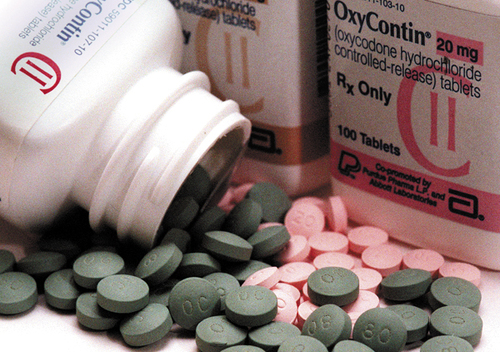Here are two recent noteworthy items in addiction news.
In Smoking Cessation, E-Cigarettes Trade One Form of Nicotine Addiction for Another
A study by British researchers published last week in the New England Journal of Medicine found that e-cigarettes were nearly twice as effective as traditional nicotine-replacement methods at helping smokers to quit. After one year, 18 percent of e-cigarette users were still not smoking, compared with about 10 percent of those who used nicotine patches, gum, lozenges, and inhalers. Without any kind of aid, the success rate for smoking cessation is around 3 percent.
The downside of using e-cigarettes to quit is that people often ended up addicted to them. Vaping is less harmful than lighting up a conventional cigarette, which contains numerous toxins including tar, formaldehyde, arsenic, and carbon monoxide. In terms of harm reduction, e-cigarettes are an improvement over regular cigarettes. But nicotine itself is a highly addictive chemical that can be lethal in concentrated doses; for centuries, it has been used as an insecticide. Furthermore, vaping products often contain flavoring agents to make them taste of mint or cinnamon or different kinds of fruit, and no long-term studies have been done on their safety.
When e-cigarettes were first introduced in the US a decade or so ago, I wondered if they would re-normalize the act of smoking—or inhaling a nicotine-laden vapor—in a culture where it had become increasingly disparaged. E-cigarettes are popular among young people and have been specifically marketed to them by manufacturers such as Juul, which until an FDA crackdown last fall, sold vaping pods in flavors of mango, cucumber, fruit, and creme at gas stations and convenience stores. Even if e-cigarettes may be useful in weaning some adults off tobacco, they’re not being used that way by young people. Instead, they’re introducing a new generation to nicotine addiction through an act that mimics conventional smoking, popularizing anew a behavior that public health advocates worked for decades to stigmatize.
OxyContin Maker Sought to Enter Addiction Recovery Business
In Massachusetts, attorney general Maura Healey has filed a lawsuit accusing Purdue Pharma, the manufacturer of OxyContin, of creating and perpetuating the opioid crisis. The suit claims that the company, and the Sackler family which controls it, aggressively marketed the medication while knowing that it was addictive, promoted higher doses to increase profits, and hired the management consulting firm McKinsey & Co. to boost its image in the fact of negative publicity. The allegations are disturbing and have been covered previously; Patrick Radden Keefe’s article in the New Yorker, in particular, is a comprehensive look at the Sackler family and how it made OxyContin into a blockbuster drug.
To me, the most intriguing part of the lawsuit is the allegation that Purdue Pharma at one point considered getting into the addiction recovery business. In an initiative code-named Project Tango, company executives and at least one member of the Sackler family proposed acquiring the rights to sell Narcan, a medication used to reverse overdoses, and Suboxone, which is used to treat opioid addiction. The project was later abandoned. But it highlights the ways in which actual people shaped the making and the contours of the opioid epidemic. Employees at the company and members of the Sackler family were aware of the growing crisis, yet they acted cynically and shirked any moral responsibility in perpetuating it, even aiming to profit off it by expanding their business to treat those who were suffering from it.
We often think of addiction in terms of individual behavior: a man who starts taking oxycodone to treat pain after a car accident and becomes dependent on it; a young woman who starts smoking to relieve stress and finds herself unable to quit. But those who work for pharmaceutical companies, cigarette manufacturers, and advertising agencies have played and continue to play an active role in creating and promoting desire for their products. They help to determine access to them, and, in the case of tobacco companies, cover up research about their harms. Addiction is a disease, but it doesn’t originate solely in brain chemistry or physiology. It exists within a broader social environment that affects one’s exposure to addictive substances, as well as one’s experiences of addiction and recovery. That’s why I find the lawsuit against Purdue Pharma so fascinating. It reveals the usually invisible workings of those individuals behind the scenes whose decisions affect people’s physical and emotional health in ways that are neither natural nor inevitable.







